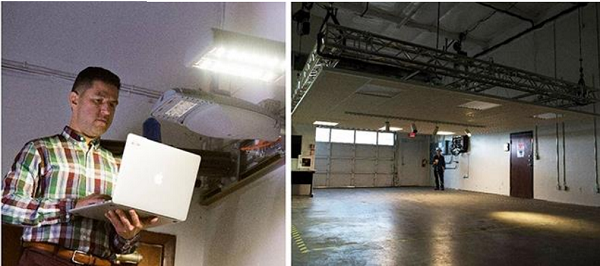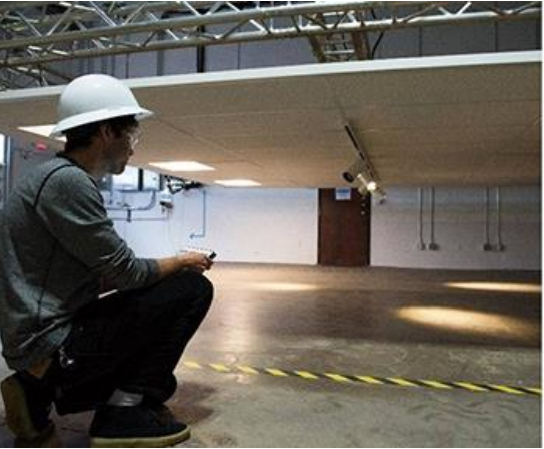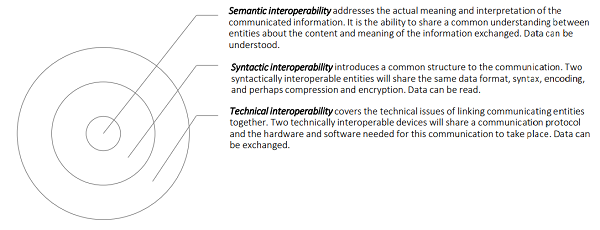The U.S. Department of Energy has just completed the first study in a series on connected lighting system (CLS) interoperability. The main goal of the series is to discern and document the current state of CLS interoperability at this early stage, with its landscape of multiple vendors, technologies, and business models. At present, interoperability between connected lighting systems offered by different vendors -- or in some cases, even between different solutions from the same vendor -- is facilitated primarily through application programming interfaces (APIs) or isn't possible at all.
 |
|
(Image: The U.S. Department of Energy) |
This first study focused on interoperability as realized by the use of APIs, exploring the diversity of such interfaces in several CLS, characterizing the extent of interoperability they provide, and illustrating challenges, limitations, and tradeoffs. It characterized the system architectures and the API structure, nomenclature, and information models; investigated the development of a common integration platform; and simulated two real-life use cases to illustrate the relative effort required to use APIs to enable new features and capabilities facilitated by information exchange.
 |
|
(Image: The U.S. Department of Energy) |
Among the study's recommendations:
-
CLS developers should make their APIs readily available and ensure that documentation is synchronized with software updates.
-
The lighting industry, and perhaps the Internet of Things industry as well, should consider adopting a common approach to authentication, with some minimum level of resistance to cybersecurity vulnerabilities.
-
API developers should explore approaches to reducing system integrator effort, and should consider the implementation of publish-subscribe models for reported data, and of override or prioritization schemes that support adaptive control of configurable system devices.
 |
|
Three conceptual layers of communication-system interoperability (Source: The U.S. Department of Energy) |
Read the full version of the study at here.











